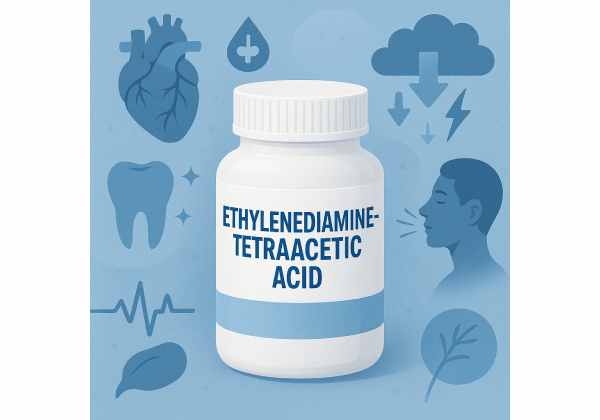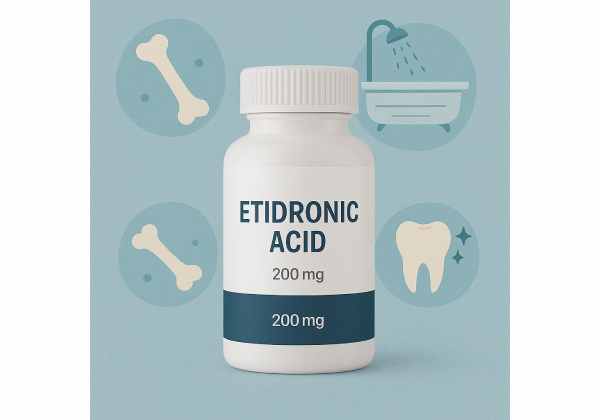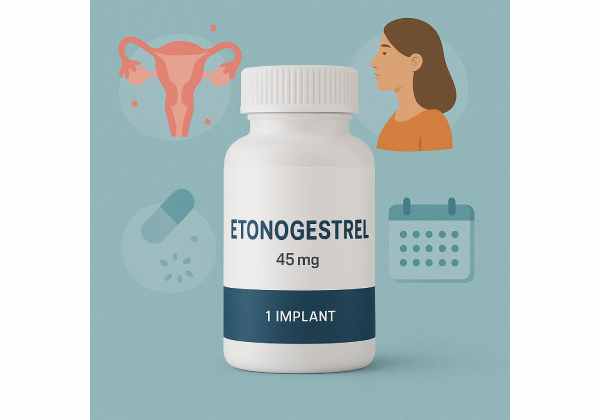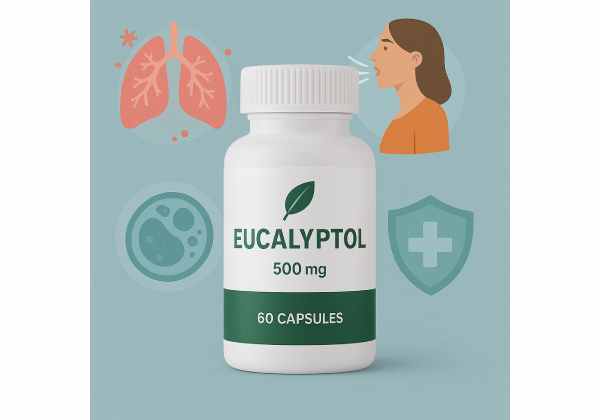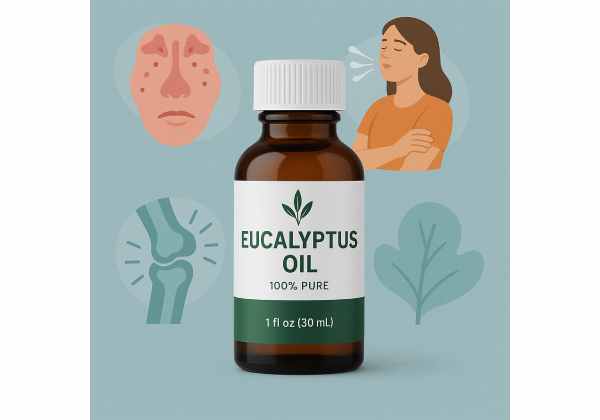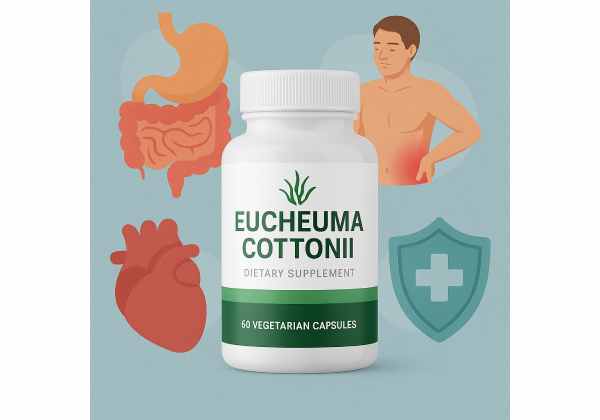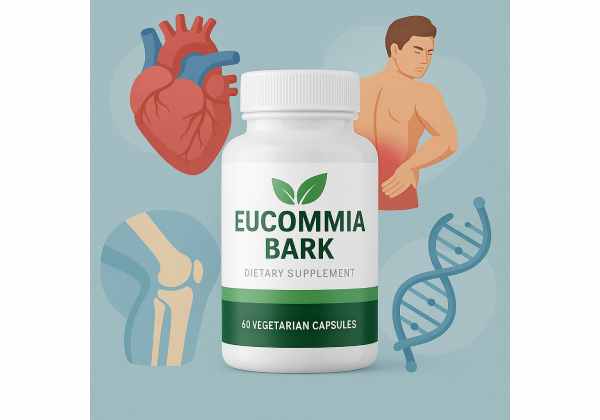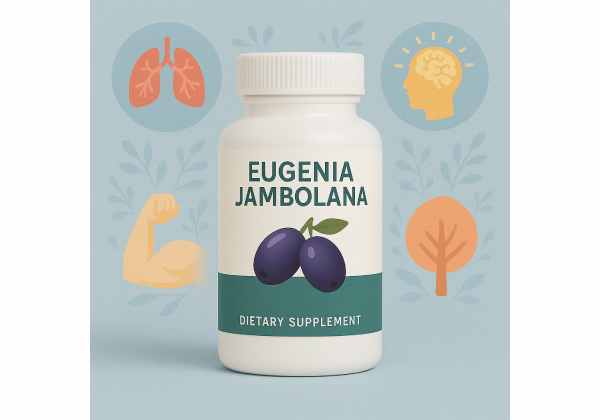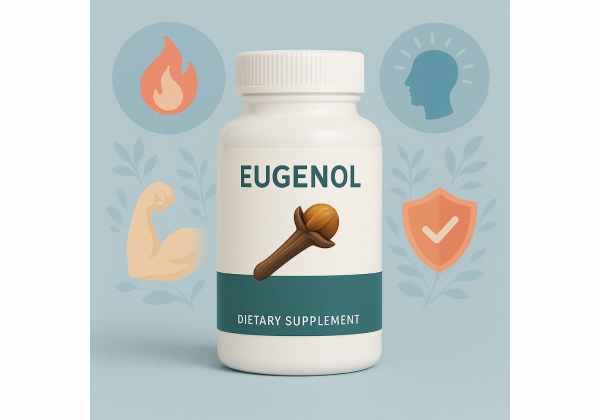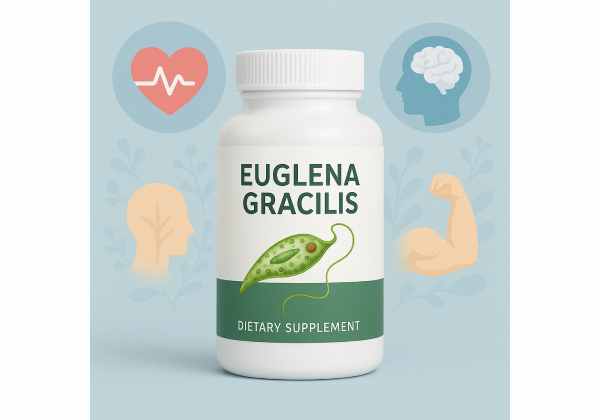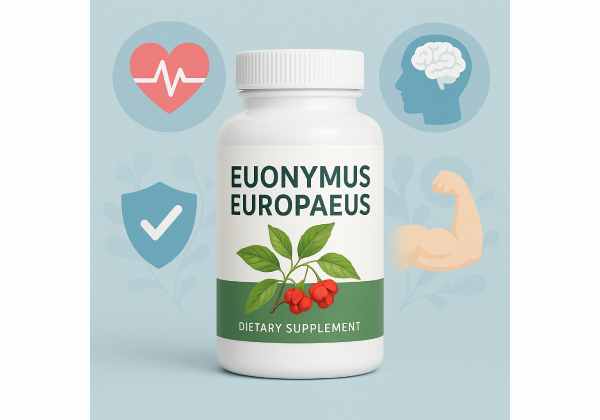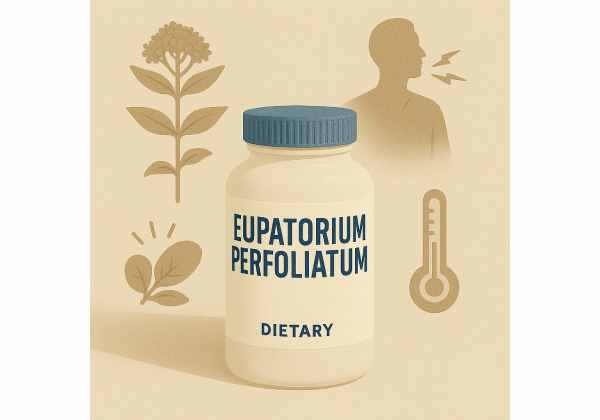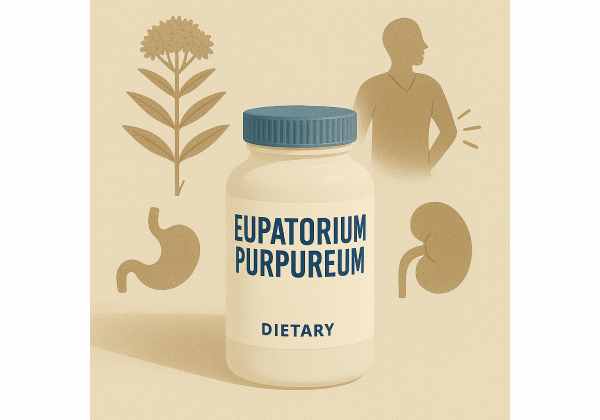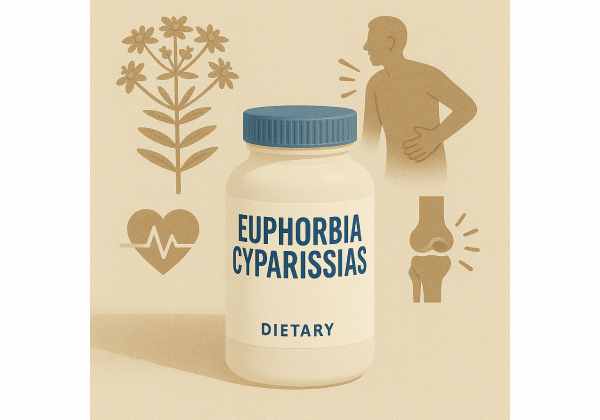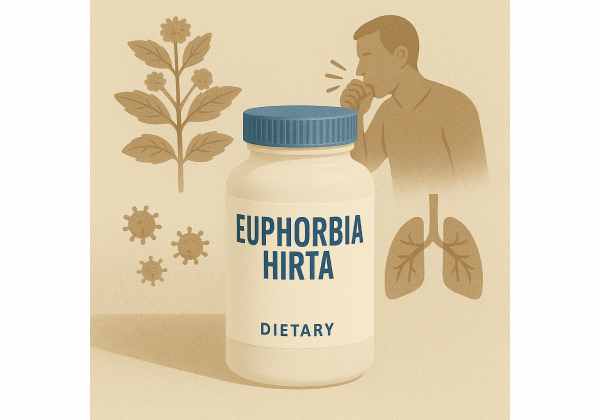Ethylenediaminetetraacetic acid (EDTA): Heavy Metal Detox, Heart Health, and Safe Supplementation
Ethylenediaminetetraacetic acid (EDTA) is a widely used chelating agent that binds “hard” metal ions such as lead, calcium, and cadmium. In medicine, its best-supported use is the treatment of confirmed lead poisoning with the calcium disodium salt (edetate calcium disodium). The disodium form (edetate disodium) is different: it lowers serum calcium and is reserved for specific emergencies like severe...
Ethynodiol diacetate Birth Control: Uses, Effectiveness, and Safety Insights
Ethynodiol diacetate is a classic progestin used in combined oral contraceptive (COC) tablets together with ethinyl estradiol. While newer formulations crowd today’s shelves, ethynodiol diacetate remains a practical option in 21/7 regimens such as Kelnor and Zovia. Like other COCs, it prevents pregnancy primarily by suppressing ovulation, while also thickening cervical mucus and keeping the endometrium thin and less...
Etidronic acid for Osteoporosis: Evidence-Based Benefits, Dosing, and Safety
Etidronic acid—often called etidronate—is a first-generation bisphosphonate used for specific bone conditions. Unlike newer agents, etidronate’s value is highly focused: it can help control the high bone turnover of Paget’s disease of bone and is approved to prevent heterotopic ossification (HO) after total hip replacement or spinal cord injury. Its chemistry gives it a strong affinity for bone mineral,...
Etonogestrel Implant: Long-Acting Contraceptive Benefits, Dosage, and Risks
Etonogestrel is a progestin used in two popular contraceptive options: a single-rod subdermal implant and a combined hormonal vaginal ring (with ethinyl estradiol). As a contraceptive, etonogestrel primarily prevents ovulation while also thickening cervical mucus and thinning the endometrium to reduce the chance of pregnancy. The implant offers years of low-maintenance protection with rapid return to fertility after removal;...
Eucalyptol Benefits: Complete Guide to Respiratory Relief, Safety, and Dosage
Eucalyptol, also called 1,8-cineole, is the minty-camphor aromatic molecule that gives eucalyptus its signature scent. Beyond fragrance, it has measurable biological actions relevant to coughs and colds: thinning thick mucus, modulating inflammatory signals, and creating a cooling sensation that can make breathing feel easier. In Europe, standardized eucalyptol capsules are used as short-term adjuncts for upper-respiratory symptoms. That is...
Eucalyptus oil: Natural Respiratory Remedy, Pain Relief, Uses, and Safety Overview
Eucalyptus oil has a clean, camphor-like aroma and a long history in over-the-counter balms and inhalants. Its main active molecule, 1,8-cineole (also called eucalyptol), has been studied for effects on mucus, inflammation, and cough. People reach for eucalyptus oil to help breathe more comfortably with colds, soothe tight muscles, or freshen indoor air. But results depend on how you...
Eucheuma cottonii: Sea Moss Benefits, Uses, Supplements, and Risks Explained
Eucheuma cottonii—now widely cultivated under the scientific name Kappaphycus alvarezii—is a red tropical seaweed best known as a natural source of kappa-carrageenan, a gelling and thickening fiber used in foods and supplements. As a whole food, it contributes soluble fiber and minerals, and it forms the base of many “sea moss” gels sold for digestive and culinary use. Interest...
Eucommia bark: Joint Health, Blood Pressure, Adaptogen Uses, and Safe Dosage
Eucommia bark—known in Traditional Chinese Medicine (TCM) as Du Zhong (from the tree Eucommia ulmoides)—has been used for centuries to support the lower back and knees, nourish “liver and kidney,” and help with healthy blood pressure. Modern research is beginning to map these traditional claims onto measurable mechanisms: vascular relaxation, nitric-oxide signaling, anti-inflammatory actions, and effects on connective tissue...
Eugenia jambolana: Top Benefits, Diabetes Support, Dosage, and Side Effects
Eugenia jambolana—better known as jamun, java plum, or Syzygium cumini—is a deep-purple fruit long used in traditional systems of medicine across South Asia. Modern interest focuses on its dense polyphenol content (notably ellagitannins and anthocyanins), its seed’s role in glucose metabolism, and its versatile food uses from fresh fruit to powders and extracts. While laboratory and animal studies suggest...
Eugenol: Pain Relief, Oral Health, and Natural Antioxidant Benefits
Eugenol is the aromatic compound that gives cloves their warm, spicy scent—and many of their traditional uses. Found primarily in clove buds (Syzygium aromaticum), it also occurs in cinnamon, bay, nutmeg, and basil. In modern practice, eugenol shows up in dental materials, flavorings, topical preparations, and research on inflammation and microbes. People often reach for clove oil (rich in...
Euglena gracilis: Superfood Supplement, Immune Support, Dosage & Safety Guide
Euglena gracilis is a single-celled microalga known for paramylon—a linear β-1,3-glucan that functions as a specialized dietary fiber and immune modulator. Modern products use either dried whole cells or highly purified paramylon. People turn to Euglena for everyday wellness: better fatigue resilience, gut microbiome support, and gentle immune balance. It also supplies proteins, essential fatty acids, carotenoids, and B-vitamins...
Euonymus europaeus: Comprehensive Guide to Benefits, Properties, and Dangers
European spindle (Euonymus europaeus) is a striking hedgerow shrub with pink capsules and vivid orange arils. In gardens it turns heads; in medicine it raises caution. Historically, parts of the plant appeared in folk remedies as a purgative or external wash, and modern lab work has profiled unusual constituents (notably dihydro-β-agarofuran–type sesquiterpene–pyridine alkaloids and a fruit lectin). Yet there...
Eupatorium perfoliatum: Top Health Benefits, Traditional Uses, and Safe Dosage Guide
Eupatorium perfoliatum—commonly called boneset—is a North American herb with a long record of use for fevers and “breakbone” aches during viral illnesses. Today it appears in teas, tinctures, and combination cold formulas. Lab studies suggest the plant’s extracts can influence inflammatory pathways and may interfere with viral processes, while traditional use points to diaphoretic (sweat-inducing) effects during febrile colds....
Eupatorium purpureum: Comprehensive Guide to Joe-Pye Weed Benefits, Dosage, and Side Effects
Eupatorium purpureum—better known as Joe Pye weed or gravel root—has a long record of use in North American herbalism for urinary and kidney complaints, joint aches, and feverish colds. Today, it attracts interest because its rhizome and aerial parts contain distinctive aromatic compounds and benzofuran derivatives (such as cistifolin) that have shown anti-inflammatory activity in laboratory models. At the...
Euphorbia cyparissias: Risks, Side Effects, Folk Uses, and Poison Prevention
Euphorbia cyparissias—better known as cypress spurge—is a low, lime-green perennial in the spurge family whose showy bracts belie a harsh truth: the plant’s milky latex is powerfully irritant. People have used various Euphorbia species for skin problems and as folk remedies, and laboratory chemists are intrigued by the plant’s complex diterpene esters. Yet for everyday use as a supplement...
Euphorbia hirta: Natural Remedies for Asthma, Diarrhea, and Skin—Uses and Side Effects
Euphorbia hirta—often called “asthma plant” or “tawa-tawa”—is a small, hairy herb found across the tropics and widely used in traditional medicine for coughs, fevers, and digestive upsets. Today, researchers are testing extracts for antidiarrheal effects, potential antiviral activity relevant to dengue, and other preclinical actions. Interest has grown because the plant is rich in phenolics and flavonoids (such as...

